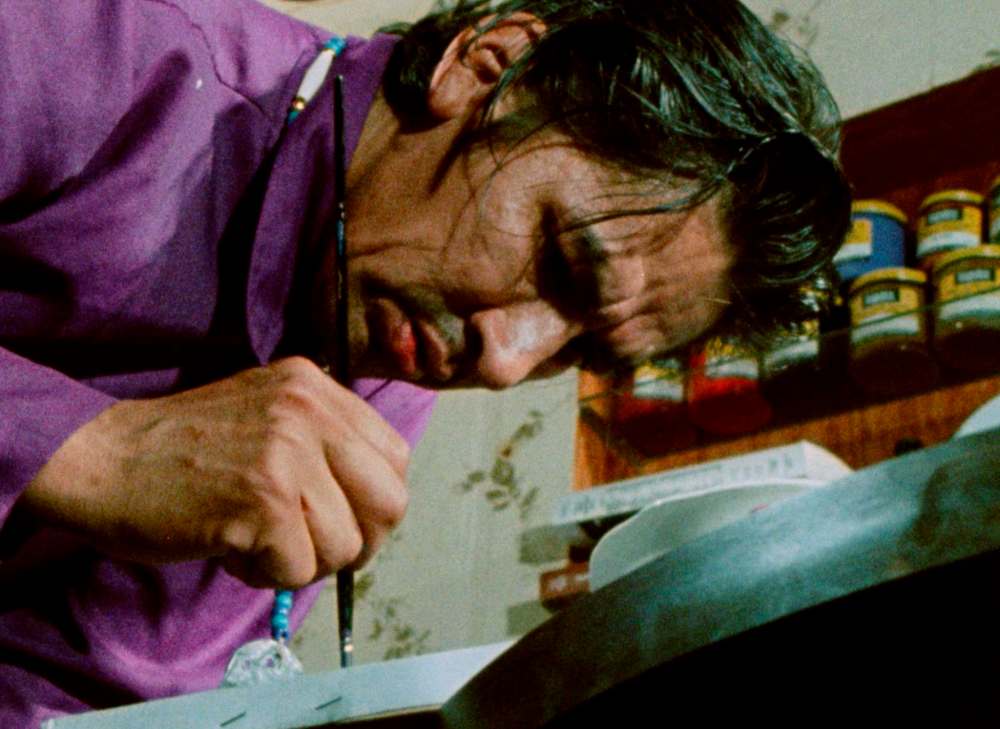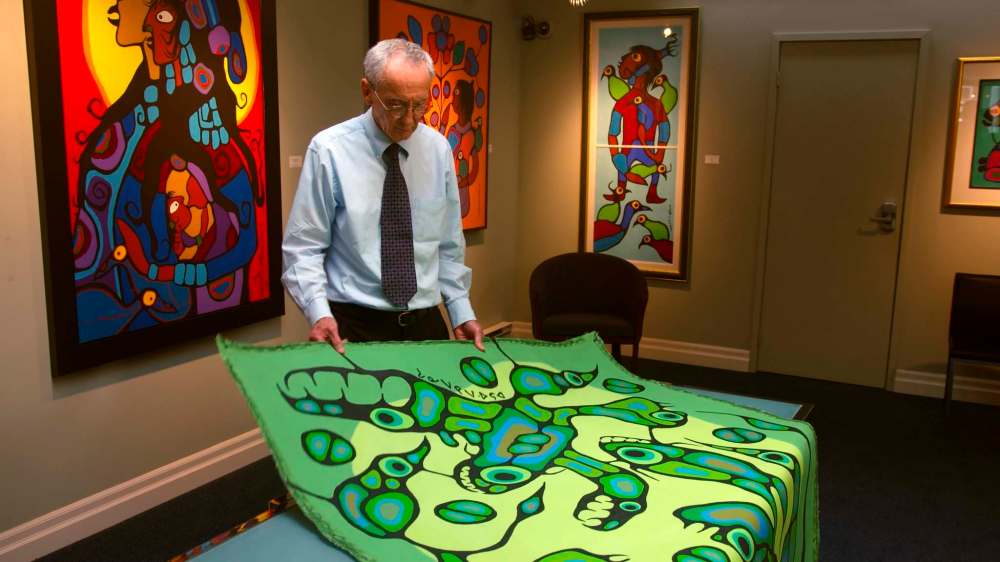Canadian doc offers dark take on art fakes
Advertisement
Read this article for free:
or
Already have an account? Log in here »
To continue reading, please subscribe:
Monthly Digital Subscription
$0 for the first 4 weeks*
- Enjoy unlimited reading on winnipegfreepress.com
- Read the E-Edition, our digital replica newspaper
- Access News Break, our award-winning app
- Play interactive puzzles
*No charge for 4 weeks then price increases to the regular rate of $19.00 plus GST every four weeks. Offer available to new and qualified returning subscribers only. Cancel any time.
Monthly Digital Subscription
$4.75/week*
- Enjoy unlimited reading on winnipegfreepress.com
- Read the E-Edition, our digital replica newspaper
- Access News Break, our award-winning app
- Play interactive puzzles
*Billed as $19 plus GST every four weeks. Cancel any time.
To continue reading, please subscribe:
Add Free Press access to your Brandon Sun subscription for only an additional
$1 for the first 4 weeks*
*Your next subscription payment will increase by $1.00 and you will be charged $16.99 plus GST for four weeks. After four weeks, your payment will increase to $23.99 plus GST every four weeks.
Read unlimited articles for free today:
or
Already have an account? Log in here »
Hey there, time traveller!
This article was published 15/08/2019 (2302 days ago), so information in it may no longer be current.
“I just wanted to buy a painting,” Kevin Hearn laments in this detailed, difficult and timely Canadian documentary from Jamie Kastner. Hearn, a member of the Barenaked Ladies, spent $20,000 for what he believed was an original piece by Norval Morrisseau. With his revolutionary fusion of realism and abstraction and his work with the Indian Group of Seven, Morrisseau is considered a grandfather of contemporary Indigenous art.
Hearn submitted the painting to a show at the Art Gallery of Ontario, only to find that experts believed it was a fake. He sued the Yorkville gallery that sold it to him.
Starting with footage of the main players in this trial, Kastner makes it immediately clear that the dispute is adversarial and ugly. Really, really ugly.

Kastner gives us some sense of the stakes. Even before Morrisseau’s death in 2007, when he was struggling with Parkinson’s disease, thousands of works with vague provenance and questionable signatures flooded the market. Often selling for upwards of $10,000 a painting, they were making some people — not Morrisseau — a whole lot of money.
This is one of those docs that gets stranger and darker as it unwinds. With detailed investigative reporting, Kastner peels back layers of this Canadian art world scandal, ending up in Thunder Bay, where he uncovers not just art fraud but harrowing violence and abuse.
He gives both sides ample opportunity to talk, resulting in a couple of people taking that airtime and inadvertently cementing the case against themselves.
The film sometimes feels overly long, but there’s a lot of material to get through. Kastner gives a glimpse of the largely unregulated global art market, with only a hazy legal framework for dealing with frauds and forgeries and lots of convenient myths that obscure the connections among art, money and power.
The real takeaway, though, is a stunning picture of colonial exploitation and stolen Indigenous patrimony. Fortunately, Morrisseau’s rich visions of his culture are still able to speak for themselves.

alison.gillmor@freepress.mb.ca

Studying at the University of Winnipeg and later Toronto’s York University, Alison Gillmor planned to become an art historian. She ended up catching the journalism bug when she started as visual arts reviewer at the Winnipeg Free Press in 1992.
Our newsroom depends on a growing audience of readers to power our journalism. If you are not a paid reader, please consider becoming a subscriber.
Our newsroom depends on its audience of readers to power our journalism. Thank you for your support.


